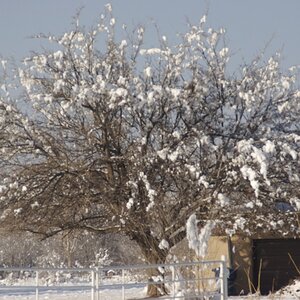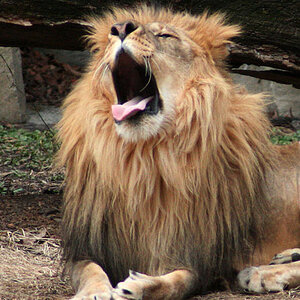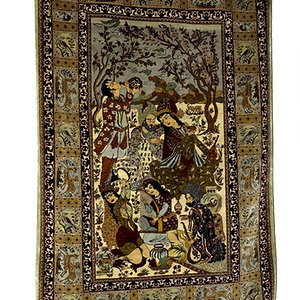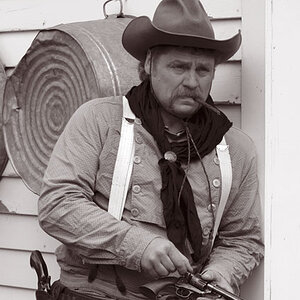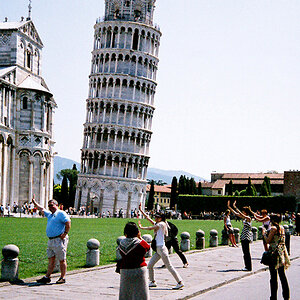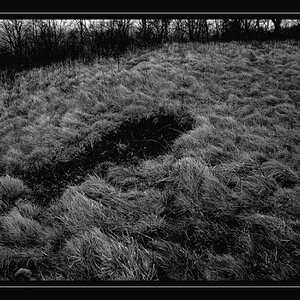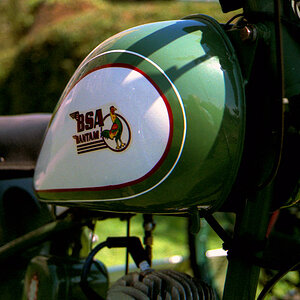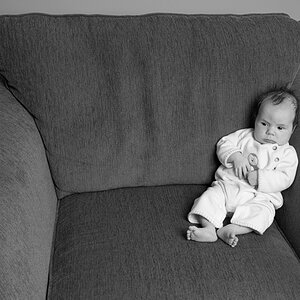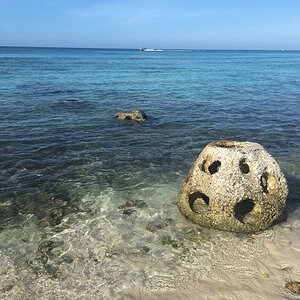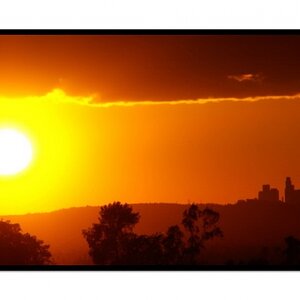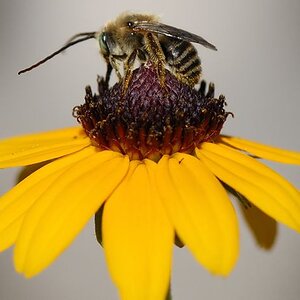Sn00bies
TPF Noob!
- Joined
- Jul 4, 2009
- Messages
- 89
- Reaction score
- 0
- Location
- Utah
- Can others edit my Photos
- Photos NOT OK to edit
I've been making orders for a small lighting setup for my SB-600. So far I've ordered cactus v4 triggers, light stand/shoe mount multiclamp (with new locking shoe mount), and a set of reflectors. Since I'm ordering this now, I thought it might be perfect timing to get some practice in before the whole family flies in for Christmas so I can get a good formal group shot. I've never used any type of studio lighting yet. Familiarizing myself with my SB-600 and bounce flash is the extent of my experience thus far, but after some reading I'm starting to think that one SB-600 and an umbrella might be a little lacking (certainly not optimal) in lighting for an 18-20 person group shot, not only for lack of light sources ( isn't at least 2 preferrable, one from each side? ), but lack of power from my SB-600. Do you think achieving great results with such limited equipment is possible? I'm mostly worried about power of and positioning the flash. Is it faux-pas to put a single light in the middle (placed directly behind and above camera)? Or could I put it slightly to the side for a more flattering light, while still getting adequate light on the far side? With my wide angle sigma I could get closer to the group so I would be able to bring the umbrella closer to help more light to reach the subjects, but then there would be the distortion factor. Would anyone care to share their expert opinions with me? I realize there's far better options, like buying more equipment, but I'm trying to make it work with what I've got. Thanks!
Last edited:


